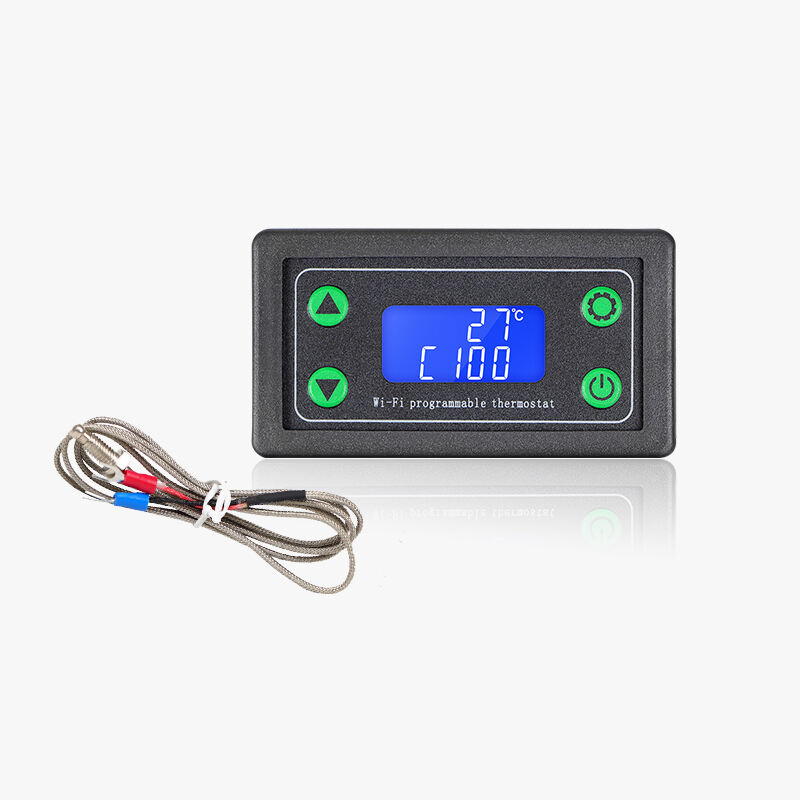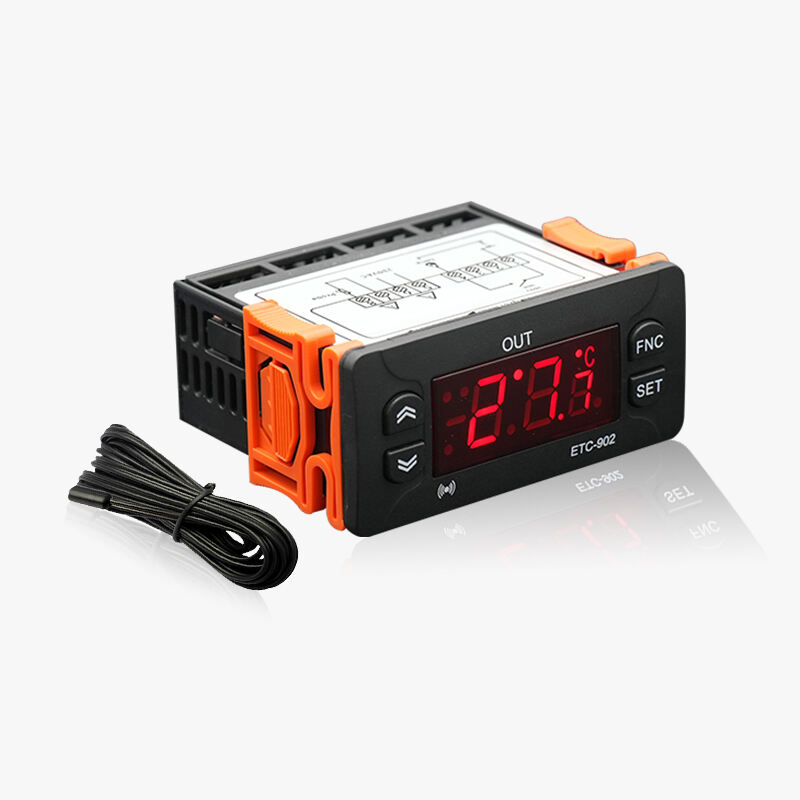Understanding Food Safety in Room Temperature Storage
Food storage without refrigeration has been a critical concern since ancient times, and even in our modern era, knowing how to safely store food at room temperature remains essential. Whether you're preparing for emergencies, camping outdoors, or simply maximizing your pantry's potential, understanding the science behind food preservation can help prevent foodborne illness while maintaining food quality.
The challenge of food storage without refrigeration involves multiple factors, including moisture content, bacterial growth, and environmental conditions. Each type of food has its own specific requirements and time limits for safe storage, making it crucial to understand these variations to prevent waste and ensure safety.

Essential Principles of Room Temperature Food Storage
Environmental Factors Affecting Food Preservation
When storing food without refrigeration, several environmental elements play crucial roles in food preservation. Temperature fluctuations, humidity levels, and exposure to light can significantly impact how long food remains safe for consumption. The ideal storage environment maintains a consistent temperature between 50-70°F (10-21°C) with relatively low humidity.
Proper air circulation is another vital factor in food storage without refrigeration. Adequate ventilation helps prevent moisture accumulation and reduces the risk of mold growth. Storage areas should be clean, dry, and protected from direct sunlight, which can increase temperature and accelerate food deterioration.
Container Selection and Storage Methods
The right storage containers can dramatically extend food shelf life at room temperature. Airtight containers prevent exposure to moisture and insects while protecting against oxidation. Glass jars, food-grade plastic containers, and vacuum-sealed bags are excellent options for various food types.
Traditional preservation methods like drying, curing, and fermentation can significantly extend storage times without refrigeration. These techniques remove moisture or create environments inhospitable to harmful bacteria, allowing foods to remain safe for extended periods at room temperature.
Storage Duration Guidelines for Different Food Categories
Shelf-Stable Pantry Items
Dry goods such as rice, pasta, and beans can typically be stored without refrigeration for 1-2 years when properly sealed and kept in ideal conditions. Canned foods, whether commercially or home-canned, can last 2-5 years when stored in a cool, dry place. However, it's essential to check for signs of spoilage, such as bulging cans or broken seals.
Baking essentials like flour, sugar, and salt can last indefinitely when protected from moisture and pests. Whole grains have shorter shelf lives than refined products due to their higher oil content, typically lasting 6 months to 1 year in proper storage conditions.
Fresh Produce Storage Guidelines
Many fruits and vegetables can be stored at room temperature for varying periods. Root vegetables like potatoes and onions can last 1-2 months when stored in cool, dark places. However, some produce items require specific conditions – for instance, tomatoes maintain better flavor and texture when stored at room temperature but only last 5-7 days.
The key to extending produce shelf life without refrigeration lies in understanding which items release ethylene gas and keeping them separate from ethylene-sensitive produce. For example, apples should be stored away from potatoes as they can cause premature sprouting.
Advanced Storage Techniques and Preservation Methods
Natural Preservation Solutions
Traditional preservation methods offer reliable solutions for food storage without refrigeration. Dehydration removes moisture that bacteria need to thrive, while fermentation creates beneficial bacteria that prevent spoilage. Salt curing and smoking are ancient techniques that remain effective for preserving meats and fish.
Vinegar-based preservation methods create acidic environments that inhibit bacterial growth. This technique works particularly well for vegetables and can extend their shelf life by several months when properly prepared and stored.
Modern Storage Innovations
Contemporary food storage solutions incorporate new technologies while building on traditional methods. Oxygen absorbers and silica gel packets help create optimal storage conditions in sealed containers. Vacuum sealing technology removes air that could otherwise lead to food spoilage.
Food-grade diatomaceous earth provides natural protection against insects in dry goods storage, while modern preservative-free packaging materials can extend shelf life without additional chemicals.
Safety Monitoring and Quality Assessment
Signs of Food Spoilage
Regular monitoring is crucial for food storage without refrigeration. Visual indicators of spoilage include mold growth, unusual coloration, or texture changes. Odd smells, especially musty or sour odors, typically indicate that food has become unsafe to consume.
Understanding the difference between spoilage and normal aging helps prevent unnecessary waste. Some changes, like darkening of dried fruits or slight color variations in whole grains, don't necessarily indicate spoilage but rather natural aging processes.
Best Practices for Food Rotation
Implementing a first-in-first-out (FIFO) system ensures proper food rotation and minimizes waste. Regular inventory checks help identify items approaching their best-by dates. Maintaining a storage log can track storage times and conditions effectively.
Periodic cleaning and inspection of storage areas prevent pest infestations and maintain optimal preservation conditions. This includes checking for temperature fluctuations, moisture problems, or signs of container damage.
Frequently Asked Questions
How can I tell if food stored at room temperature is still safe to eat?
Always check for visible signs of spoilage such as mold, unusual odors, or texture changes. For packaged foods, verify that containers remain sealed and undamaged. When in doubt, it's better to discard food rather than risk consumption of potentially unsafe items.
What foods should never be stored without temperature control?
Perishable items like raw meat, dairy products, eggs, and cut fruits or vegetables require refrigeration. These foods provide ideal conditions for bacterial growth at room temperature and can become unsafe within just a few hours.
How does humidity affect food storage without refrigeration?
High humidity can significantly reduce storage times by promoting mold growth and accelerating spoilage. Maintain relative humidity below 60% in storage areas when possible, and use moisture-absorbing products like silica gel packets in sealed containers for sensitive items.

